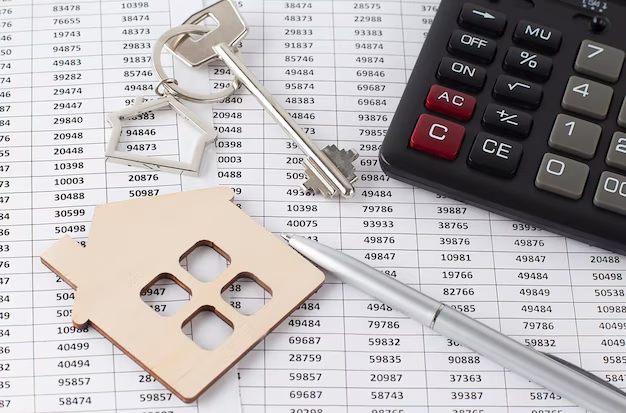How Affordable Is Apartment Rent Today?
If you're searching for an apartment, you may be wondering, "How much will rent cost me?" In today's housing market, the cost of apartment rent can vary widely depending on location, size, and amenities. From bustling urban centers to the quieter suburbs, let's explore what you can expect when searching for a place to call home.
Factors Influencing Rent Prices
Location: Urban areas often demand higher rent prices due to increased demand and proximity to jobs, entertainment, and public transport. For instance, renting in cities like New York or San Francisco comes with steeper costs than in smaller towns.
Apartment Size and Type: A studio or one-bedroom apartment is typically less expensive than a two-bedroom or larger unit. But even within similar sizes, amenities and building style (high-rise vs. low-rise) can affect pricing.
Amenities: Apartments offering luxury amenities—such as a gym, pool, or concierge services—will likely come with a higher price tag. Decide what's essential to you and what you're willing to bypass to save money.
Average Rent Costs in Various Regions
To give a rough idea, here's a snapshot of typical rents across different regions:
- Major Metro Areas: Expect to pay anywhere from $1,500 to $3,500 per month, depending on the city and neighborhood.
- Mid-sized Cities: Rent often ranges from $1,000 to $2,000 monthly.
- Rural and Suburban Areas: More affordable pricing can be found—typically between $700 and $1,200.
It's crucial to research and compare prices in your desired area. Websites and apps dedicated to real estate listings can be invaluable resources.
Managing Rent Through Financial Assistance
The cost of renting can be daunting, especially for those on a tight budget. Luckily, several resources can ease this financial burden:
Government Aid Programs
Many cities offer government assistance, such as housing vouchers and rental assistance programs, especially for low-income residents. Check with your local housing authority for specific programs available in your area.
Financial Assistance Options
If you're struggling to make ends meet, several programs can help:
- Housing Choice Vouchers (Section 8): These provide rental assistance for low-income families, seniors, and persons with disabilities.
- Emergency Rental Assistance Program (ERAP): Provides monetary support to help families facing eviction or who are unable to pay rent due to a financial crisis.
Debt Relief and Credit Solutions
For those dealing with debt, there are solutions to prevent rent from becoming overwhelming:
- Credit Counseling Services: These services can help you develop a financial plan, manage debts, and improve your credit score.
- Debt Consolidation Loans: These can simplify your debt payments, potentially lowering them to free up more funds for rent.
Educational Grants and Opportunities
Consider improving your financial standing through educational grants and scholarships:
- Federal and State Grants: Can ease the financial burden of tuition, allowing more flexibility with rent expenses.
- Online Courses and Certifications: Develop skills that can lead to higher-paying jobs.
Finding the right balance between location, size, and budget is key when searching for an apartment. While rental prices can vary widely, understanding the factors influencing them can help set realistic expectations.
🎯 Financial Assistance Resources:
- 🏠 Housing Choice Vouchers (Section 8)
- ✋ Emergency Rental Assistance Program (ERAP)
- 📈 Credit Counseling Services
- 💳 Debt Consolidation Loans
- 🎓 Federal and State Educational Grants
These resources can provide much-needed relief, enhancing your financial stability while you secure the perfect apartment. Always explore local and federal options that might be available to you.
